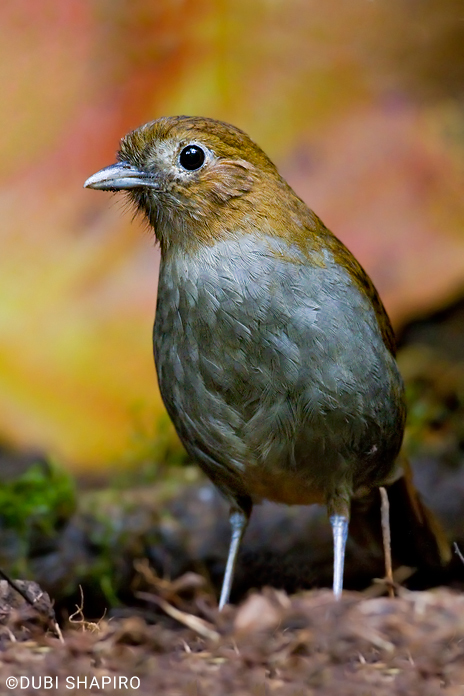About
The Urrrao Antpitta lives in oak dominated forest on the eastern sheltered slopes of the Western Andes from 2,500-3,300 metres above sea level
It has been suggested that the species could range lower in elevation, below 2,500 metres, however the majority of the humid montane forest below that elevation on the eastern slope of the Western Andes has been cleared. Unfortunately, this species has lost 19.5% of its original habitat. The habitat of this species is threatened by deforestation for pasture and cultivation, and possibly mineral extraction. Forest conversion is likely due to the private ownership of much of the land in the Páramo de Frontino massif and the few protected areas. The species range is within the Colibrí del Sol Bird Reserve. The Grallaria genus of ground antpittas were once placed in the Formicidae, ground antbird family, but recent analyses suggest that the group is divergent enough to warrant separate family status into their own family, the Grallariidae.
- Order: Passeriformes
- Family: Grallariidae
- Population: 70-400
- Trend: decreasing
- Size: 75-79cm
EDGE Score
Distribution
The species is found from the Páramo de Frontino massif in the Western Andes of Colombia
Habitat and Ecology
This species lives in primary and secondary oak-dominated montane forest at 2,500-3,300 metres on the less humid and sheltered valleys. It lives in forests that are largely restricted to Chusquea bamboo thickets. This species eats insects, mostly beetles and also worms.
